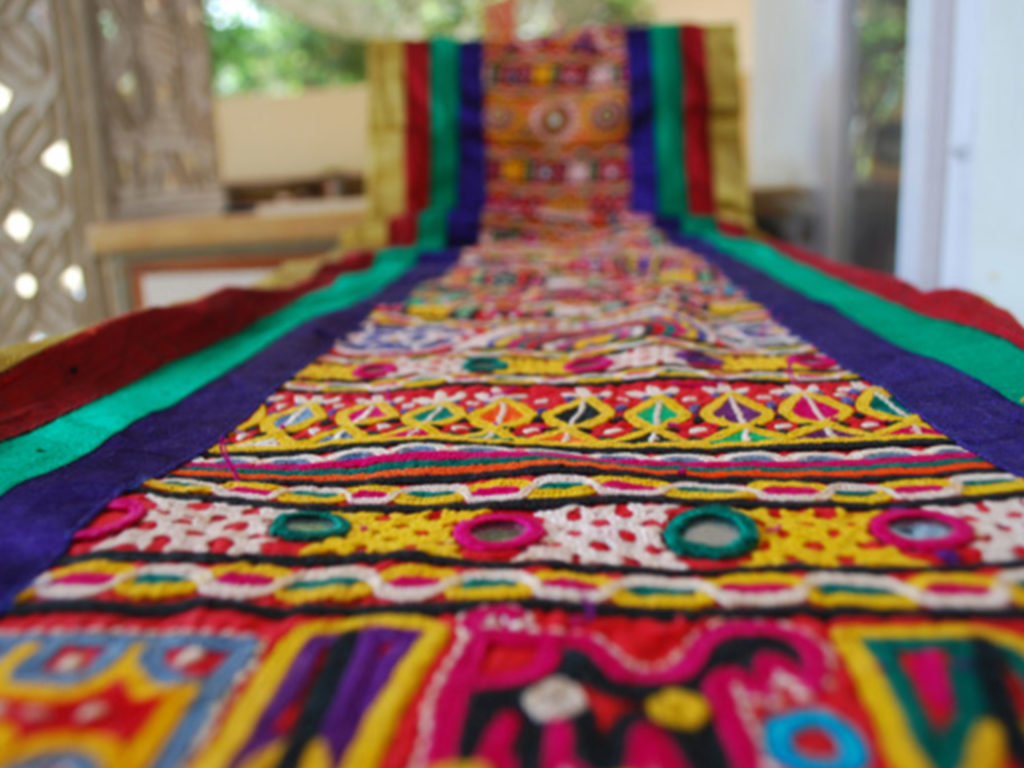The history of Indian textiles is rich and diverse, spanning thousands of years and reflecting the country's cultural, social, and economic evolution. India has been a major center for textile production and trade since ancient times, and its textiles have been renowned for their quality, craftsmanship, and intricate designs.
Ancient Period (Indus Valley Civilization - 2000 BCE):
Evidence of cotton cultivation and weaving has been found in the archaeological sites of the Indus Valley Civilization, suggesting that ancient Indians were adept at textile production.
The use of mordant dyes and sophisticated weaving techniques is evident in the artifacts discovered from this period.
Vedic Period (1500 BCE - 600 BCE):
The Rigveda, one of the oldest sacred texts of the Indian subcontinent, mentions the use of textiles, including wool and cotton.
The art of dyeing and weaving continued to evolve, and various types of fabrics were produced.
Mauryan and Gupta Periods (322 BCE - 550 CE):
During the Mauryan and Gupta periods, silk production gained prominence. The silk route connected India with Central Asia and facilitated the exchange of silk and other textiles.
Cotton remained a widely used fabric, and the art of dyeing became more sophisticated.
Medieval Period (600 CE - 1526 CE):
The medieval period saw the emergence of various regional styles and techniques in textile production.
The Mughal rulers were patrons of the arts, and their courts fostered the development of intricate designs, including the famous Mughal floral patterns. Akbar, in particular, is known for his contributions to the textile industry.
Colonial Period (1600 CE - 1947 CE):
The British East India Company played a significant role in the Indian textile trade, exporting raw materials to England and importing finished textiles. This had a detrimental impact on the indigenous textile industry.
The introduction of mechanized production in Europe further marginalized traditional Indian handloom weavers.
Post-Independence Period (1947 CE onwards):
After gaining independence in 1947, the Indian government took initiatives to revive and promote the handloom industry.
Various textile mills were established, and the industry underwent modernization. However, traditional handloom weaving continued to be an essential part of Indian textiles.
Contemporary Period (Late 20th Century - Present):
In recent decades, there has been a resurgence of interest in traditional Indian textiles, both domestically and internationally.
Indian designers and artisans have gained recognition for their work in preserving and promoting traditional weaving techniques, embroidery, and dyeing methods.
The Indian fashion industry has played a crucial role in showcasing the diversity and richness of Indian textiles on a global stage.
Today, Indian textiles continue to be a symbol of the country's cultural heritage, and efforts are ongoing to blend tradition with modernity to ensure the sustainability and growth of this ancient industry.





